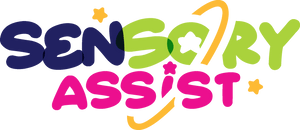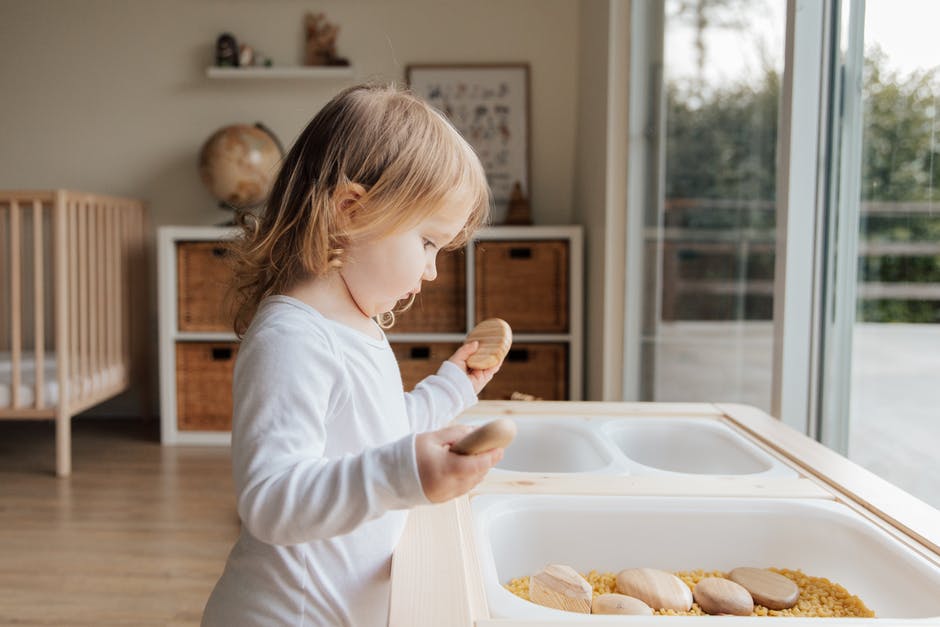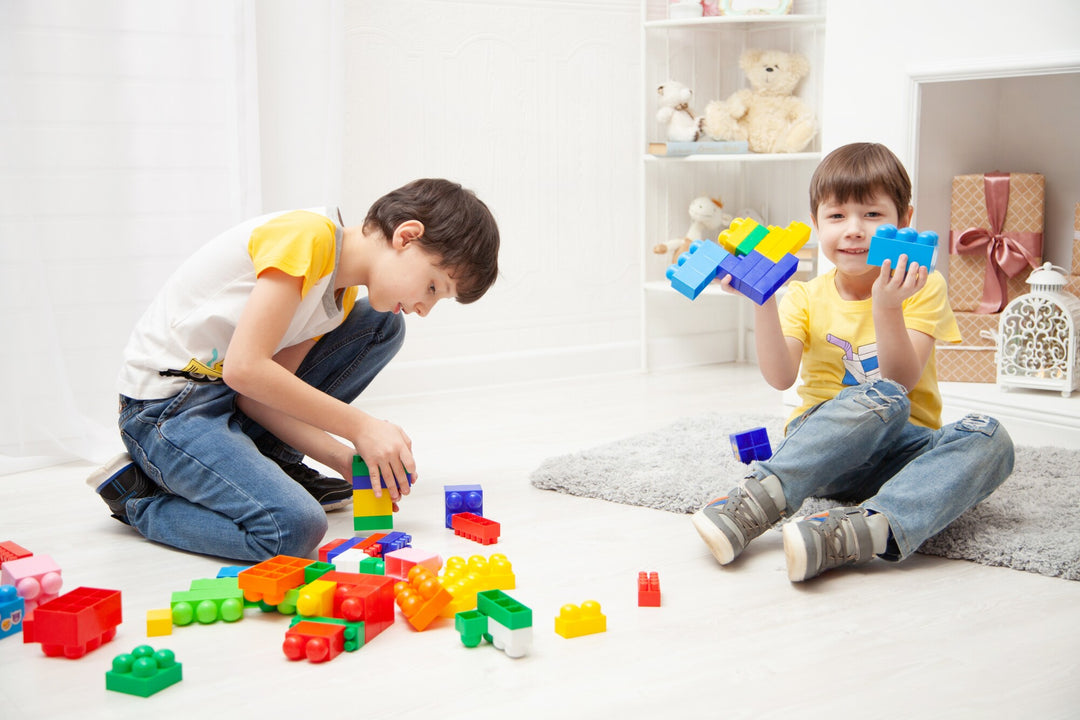Selecting Age Appropriate Sensory Toys

Choosing appropriate sensory toys for different age groups is crucial in supporting children's developmental milestones and sensory processing abilities. Early childhood and primary educators play a pivotal role in integrating these tools into learning environments, enhancing sensory experiences that promote cognitive, motor, and social skills. This guide explores suitable sensory toys for different age groups, offering insights into their benefits and practical applications.
Understanding Sensory Play For Different Age Groups
Sensory play involves activities that stimulate a child's senses—sight, sound, touch, taste, and smell. Sensory play in early childhood education aims to assist brain development, fine and gross motor skills, problem-solving abilities, and social interaction. By engaging in sensory play, children learn to process and respond to sensory information, which is essential for daily functioning and learning.
Sensory Play For Infants (0-12 Months)
During the first year, infants are rapidly developing their sensory systems. Choosing sensory toys for infants that provide gentle stimulation can help them explore their environment safely.

- Tactile Stimulation: Soft, textured toys like the Rainbow Stacker and Teether offer tactile exploration and soothe teething discomfort.
- Visual and Auditory Engagement: High-contrast toys and those that produce gentle sounds, such as the Edushape Sensory Balls, can captivate an infant's attention and encourage visual tracking and auditory development.
- Oral Motor Development: Teething toys like the Jellystone Designs Colour Wheel support oral exploration and soothe gums.
Sensory Play For Toddlers (1-3 Years)
Toddlers are curious explorers, developing motor skills and beginning to understand cause and effect. Sensory toys for toddlers should be safe, durable, and engaging.
- Fine Motor Skills: Toys like the Kiddy Connects encourage hand-eye coordination and dexterity.
- Gross Motor Development: Items such as the Lycra Stretchy Body Sock promote movement and body awareness.
- Tactile Exploration: Sensory bins filled with materials like Rainbow Pebbles allow toddlers to explore different textures safely.
Sensory Play For Preschoolers (3-5 Years)
At the preschooler stage, children are refining their motor skills, language, and social interactions. Sensory toys for preschoolers can effectively support these developments.
- Imaginative Play: Tools like the Rainbow Pin Art foster creativity and fine motor skills.
- Sensory Integration: The Sensory Assist Sensory Chew Necklace provides oral sensory input, aiding in self-regulation.
- Visual and Auditory Stimulation: Musical instruments and colourful puzzles engage multiple senses, enhancing cognitive development.
Sensory Play For School-Age Children (6-12 Years)
School-age children benefit from sensory toys that support focus, emotional regulation, and complex motor skills.

- Stress Relief: Items like the Nee-Doh Stress Ball help manage anxiety and improve concentration.
- Hand Function and Strength: The Hand Strengthening Putty enhances fine motor skills and grip strength.
- Focus Tools: The Time Timer MOD assists in time management and maintaining attention during tasks.
Sensory Aids For Adolescents (13-18 Years)
Teenagers can benefit from sensory tools that aid in stress management, focus, and emotional regulation.

- Fidget Tools: The Kaiko Fidget Range offers discreet options to help manage anxiety and improve concentration.
- Weighted Products: The Neptune Weighted Blanket provides calming pressure, aiding in relaxation and sleep quality.
- Sensory Room Accessories: Items like the Sensory Pod create a personal space for relaxation and sensory regulation.
Considerations for Educators When Selecting Sensory Toys and Aids
When selecting sensory toys for educational settings, consider the following:
- Safety: Ensure all toys are age-appropriate and free from small parts that could pose choking hazards.
- Durability: Choose high-quality items that can withstand frequent use in a classroom environment.
- Inclusivity: Select toys that cater to a range of sensory needs, supporting all students effectively.
- Educational Value: Opt for toys that align with developmental goals and enhance learning outcomes.
Integrating Sensory Toys into the Classroom
Successfully incorporating sensory toys into the classroom can be achieved through:
- Sensory Stations: Designate areas with various sensory tools for students to explore during free time.
- Calming Corners: Create spaces equipped with calming sensory items for students needing a break.
- Incorporating into Lessons: Use sensory toys as part of educational activities to enhance engagement and learning.
Discover Leading Sensory Toys and Aids at Sensory Assist
Selecting appropriate sensory toys tailored to different age groups is essential in supporting children's development and sensory processing. By thoughtfully integrating these tools into educational settings, educators can create inclusive environments that cater to diverse learning needs, fostering growth and well-being among students.
We stock a comprehensive range of sensory toys and tools for educators, suitable for various age groups, here at Sensory Assist. Our range includes products designed to support the diverse sensory needs of children and adolescents, assisting educators and parents in creating optimal learning and developmental environments.
Discover the Top Sensory-Friendly Travel Tips for Families













